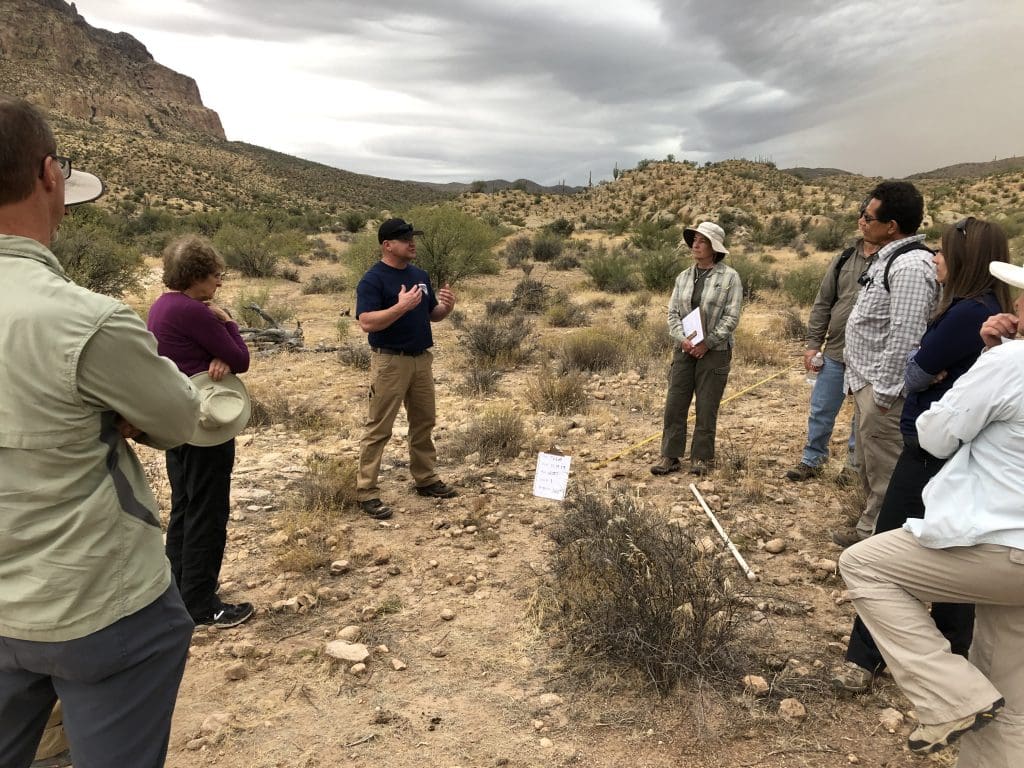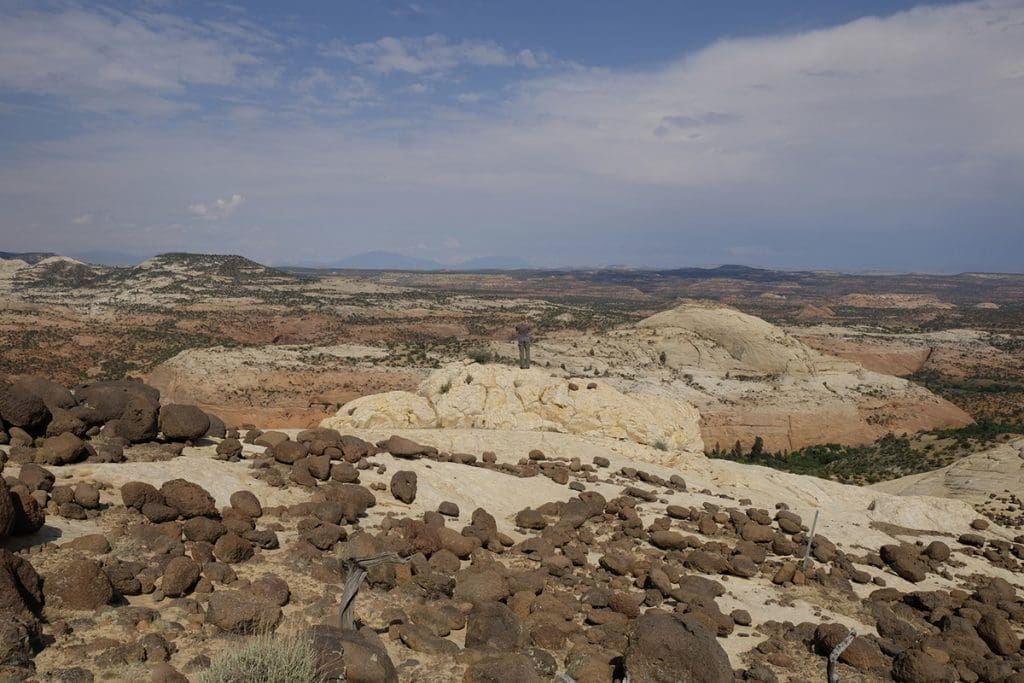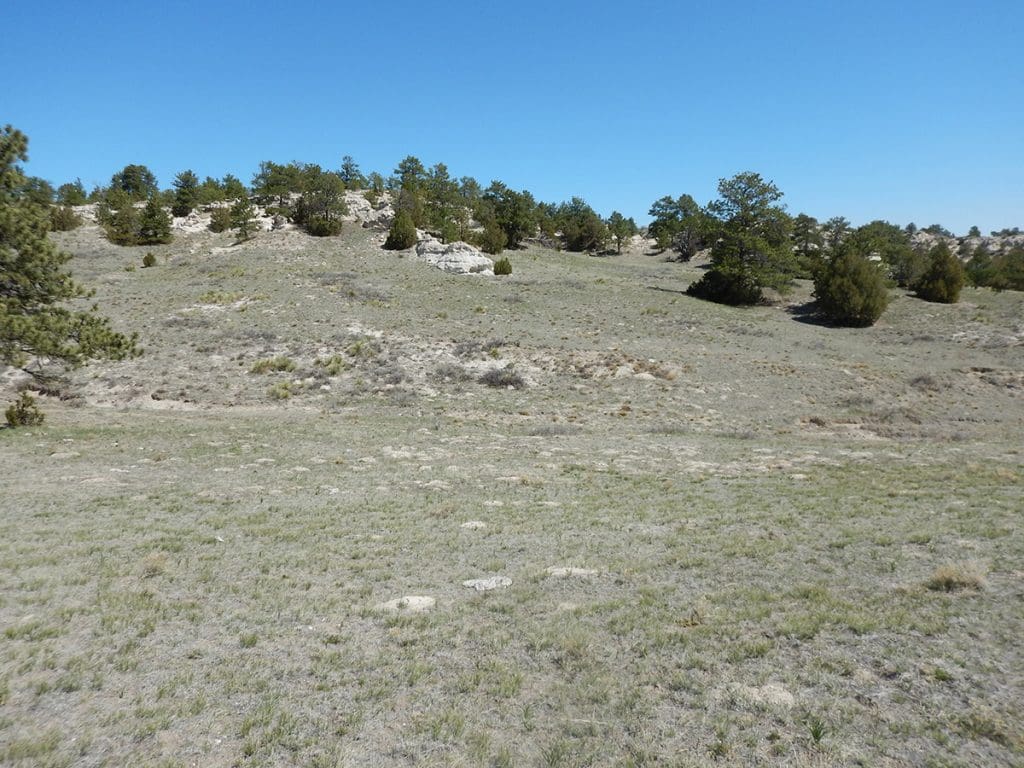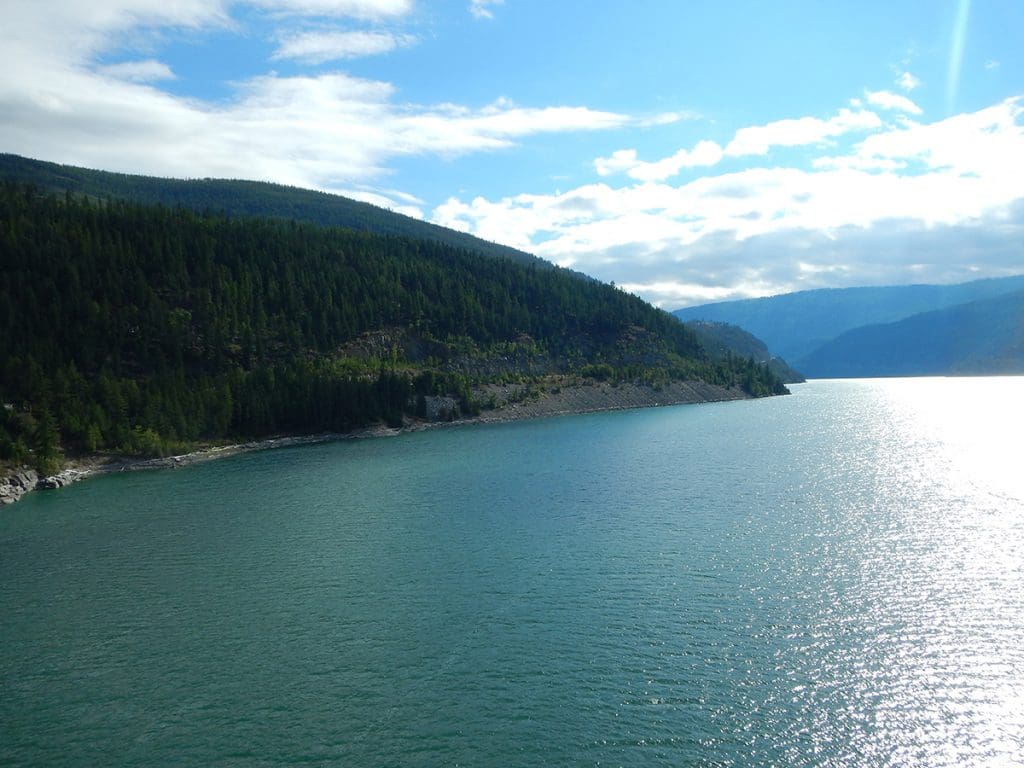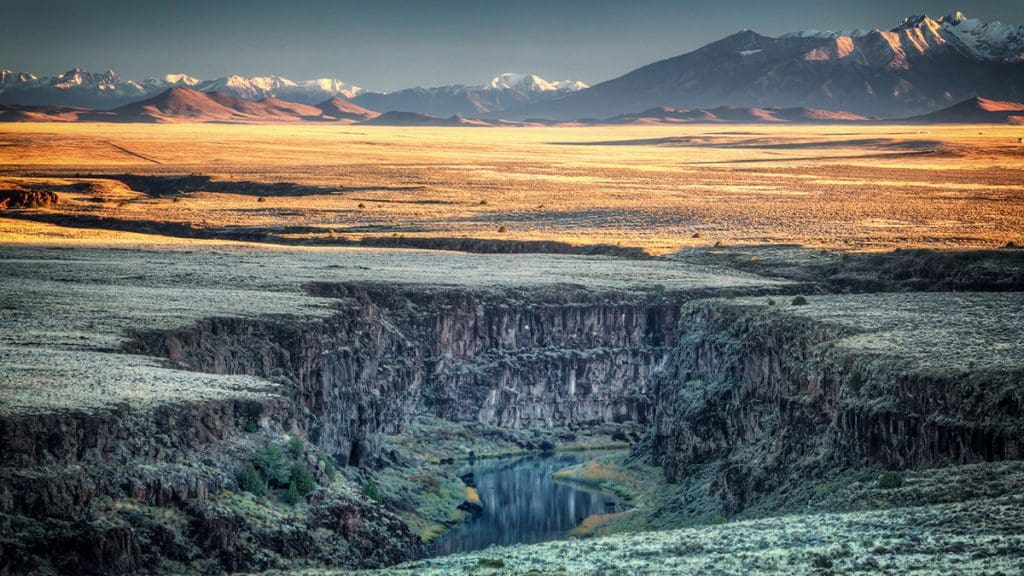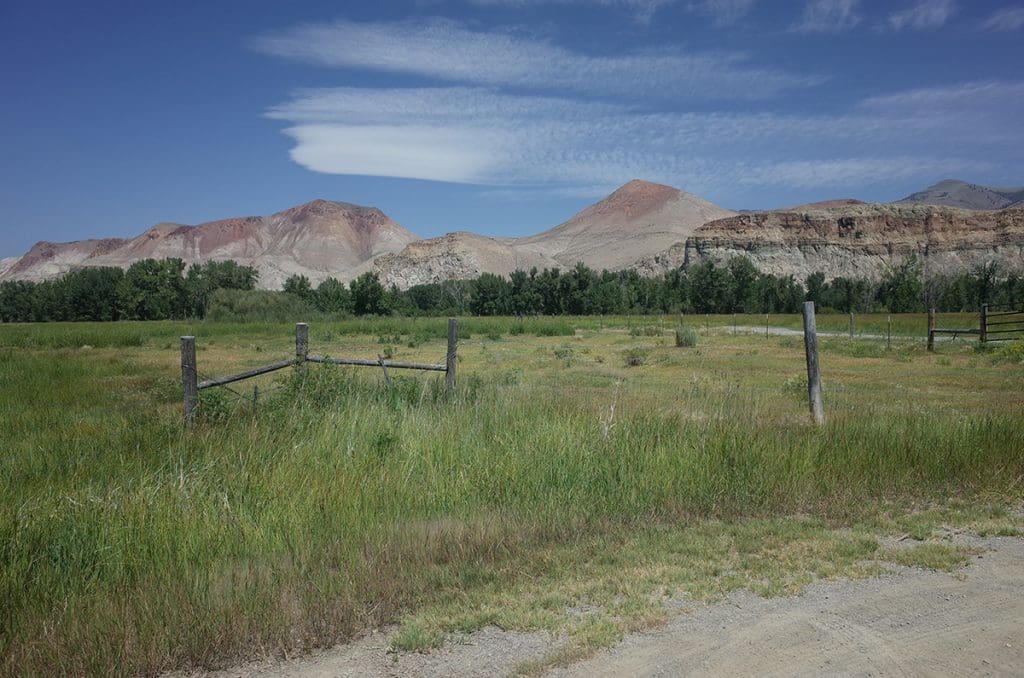National Historic and Scenic Trails Methodology, Field Guide, and Training
Logan Simpson’s landscape architects, archaeologists, historic preservationists, biologists, visual resource specialists, and recreation specialists recently worked with the BLM to develop a first-of-its-kind methodology to help inventory, assess, and monitor National Scenic and Historic Trails (NSHTs). Since National Trails often cross multiple administrative boundaries, the BLM purposefully designed the methodology so it could be used […]
National Historic and Scenic Trails Methodology, Field Guide, and Training Read More »

